Novel scientific results require high-quality measurement data from instruments that are sometimes located in towers or masts, towed behind a snow mobile, or used manually in remote locations. Calibration and operation of instruments may require handling of dangerous substances such as liquid nitrogen or hydrogen gas. Working in these conditions is safe as long as proper safety equipment and protective clothing are used and safety procedures are followed. But what happens if you get a stroke while working in a mast 30 m above ground, or hit a tree with a snow mobile 10 km from the nearest road?
The most important safety procedure is that you never work alone in these conditions. Whether it is retrieving a sounding balloon from the middle of nowhere or installing a new instrument in a high mast, there is always a team of at least two people so that one might help or get help in an emergency situation. But that is not enough if you don’t know what to do and how to help.
The staff of the Arctic Space Centre took a few days to practice rescuing a person from a mast or tower in the guidance of a qualified instructor (and to check all safety equipment used in mast and tower work). Not everyone is allowed to climb in a mast, a permission is only given after medical check and proper training.
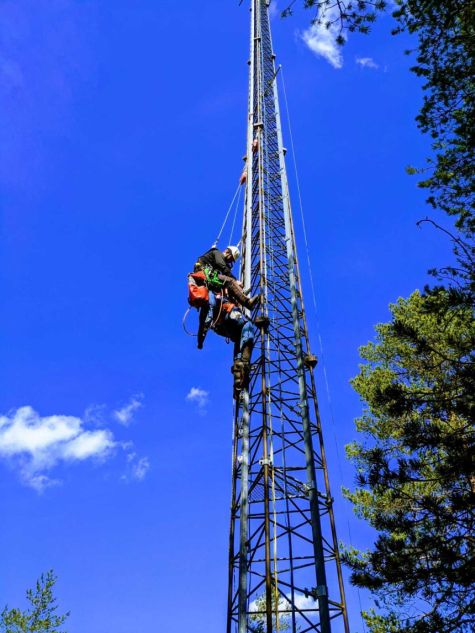
Another few days was spent learning how to give first aid. After basic training, the most important part of the course was the group work of demonstrating possible emergency scenarios, such as an explosion of the hydrogen bottles used at the autosonde station, or a snow mobile accident with two people suffering head injuries and broken bones in freezing winter conditions, and practicing how and who to help in these scenarios.
These training courses are arranged every 2-3 years and most of the staff at the Arctic Space Centre participates.

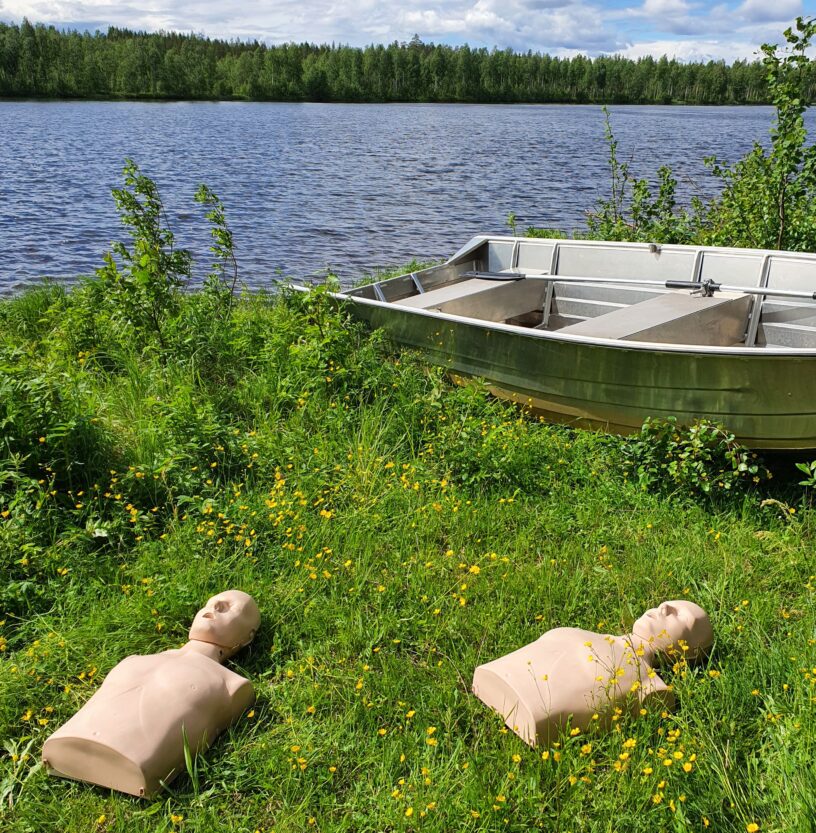

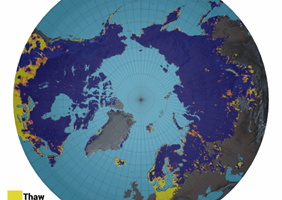
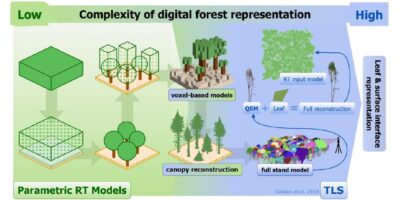

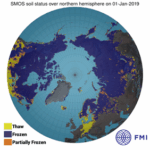

Leave a Reply
You must be logged in to post a comment.